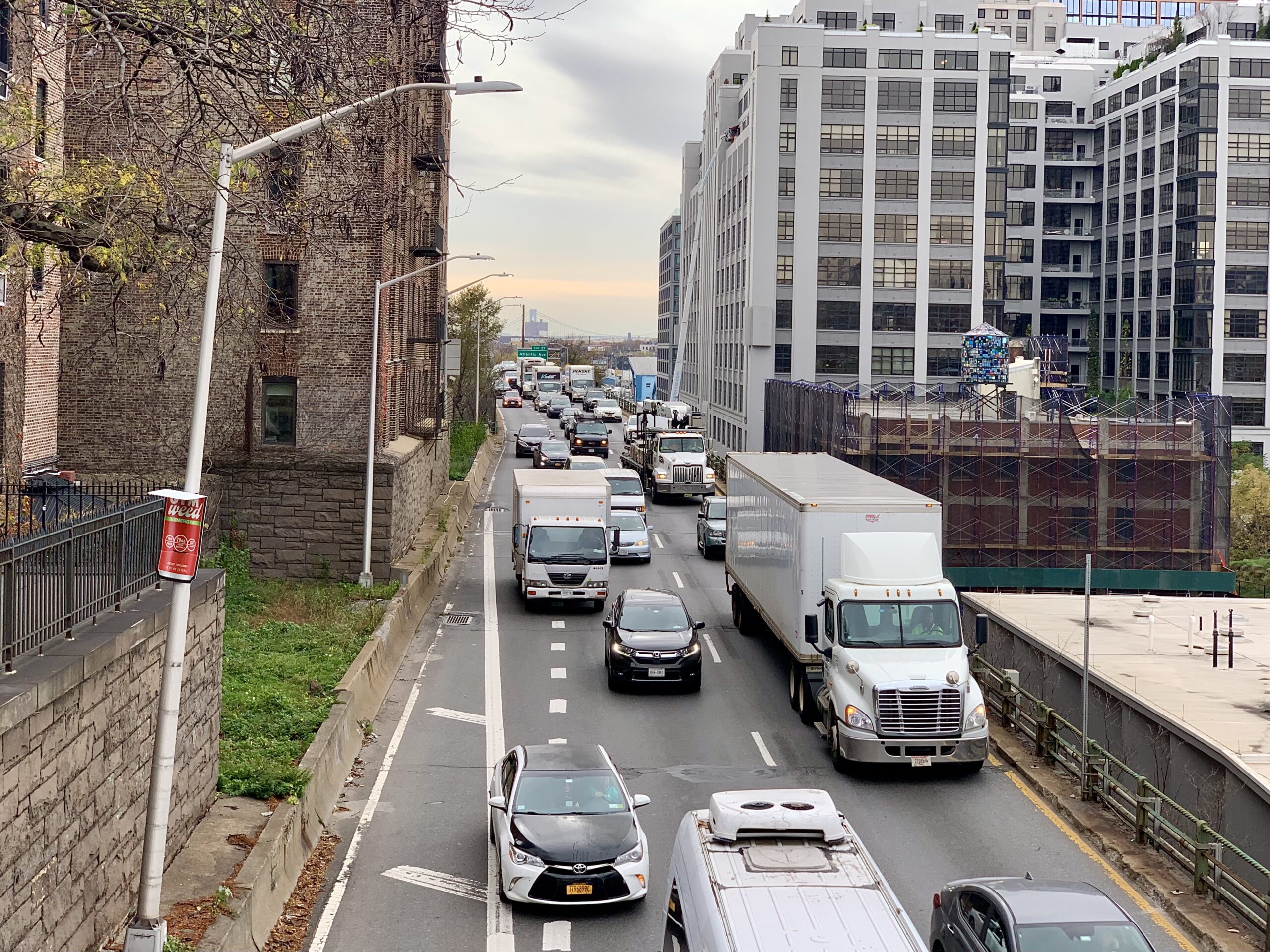Survey results: Redesign BQE to save Promenade, cover and reduce lanes, focus on climate and health
Community calls for a ‘corridor-wide solution’

BROOKLYN HEIGHTS — A survey of almost 500 Brooklyn Heights, DUMBO, Vinegar Hill and Fulton Ferry Landing residents, conducted by the Brooklyn Heights Association, found that a large majority of respondents believe the city should redesign the crumbling Brooklyn-Queens Expressway (BQE) for the “future of transportation and mobility, not the past,” BHA said on Monday.
Respondents’ top three priorities were: preserving the Brooklyn Heights Promenade and its special scenic view plane; burying or covering the highway; and improving air quality all along the BQE corridor.
Fully 70% agree the highway should not be widened to accommodate three lanes of traffic in each direction; and two-thirds (67%) believe the city should heed the advice of the BQE Expert Panel to carry out urgent short-term repairs immediately, buying time for a long-term, visionary transformation of the entire BQE corridor.

Brooklyn Heights
View MoreRead the Brooklyn Height's Press and Cobble Hill News. Find out more about Brooklyn Height's History here.